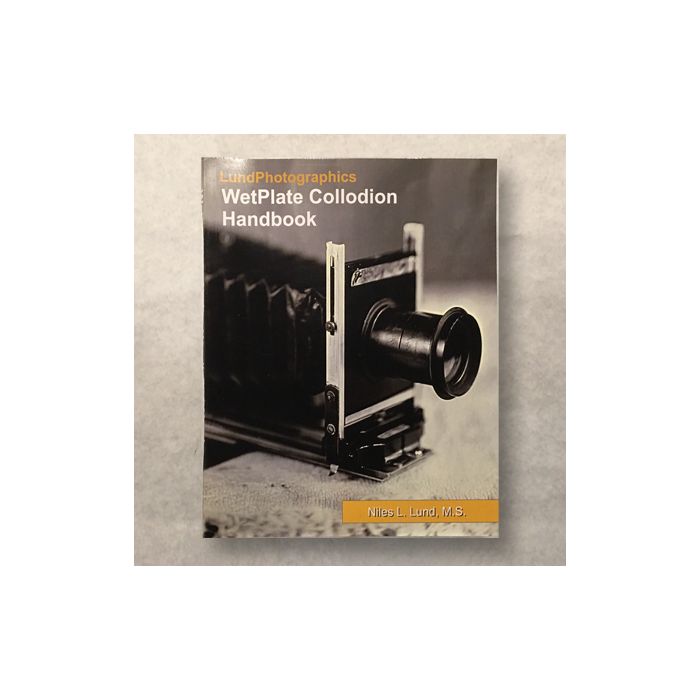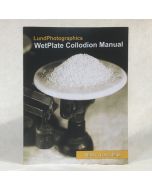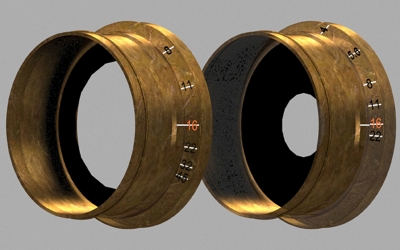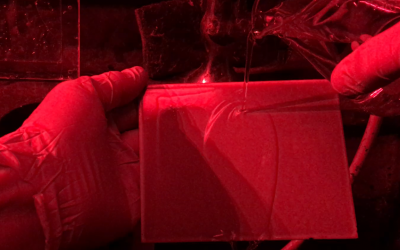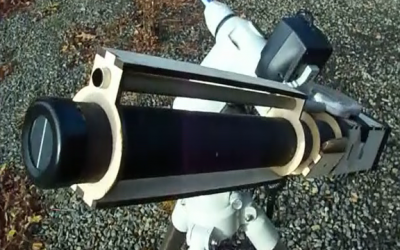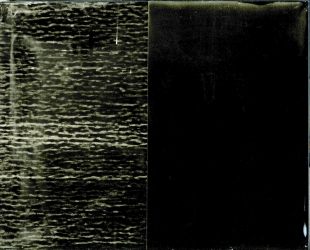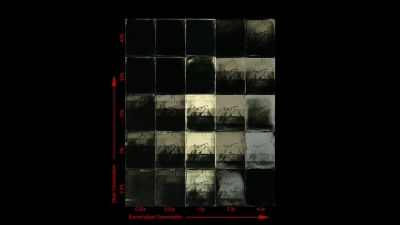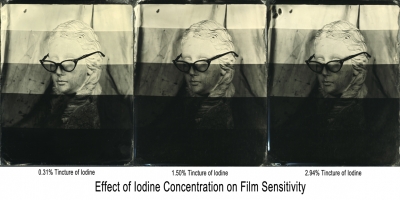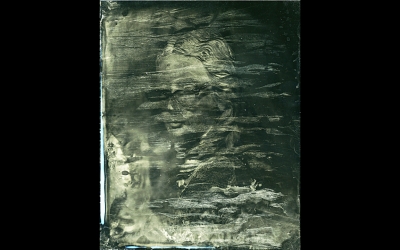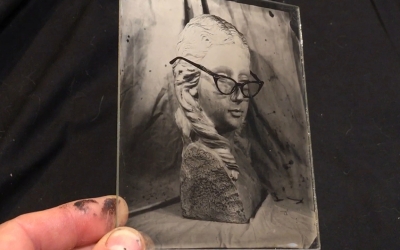Wet Plate Collodion Handbook
The Collodion Handbook is 148 chock-full pages of in-depth information about how wet plate collodion works, how the pieces fit together, and what happens when you push the envelope beyond the limits. A "must have" reference for the collodion photographer who wants to gain a deeper understanding of the collodion process.
The work and research that went into our collodion manual didn't stop there! We kept going, and now we're simply ecstatic about our 2020 edition of the Wetplate Collodion Handbook! It's a solid year and a half of research, experimentation, and darkroom work packed into 148 chock-full pages of in-depth information about how the wet plate process works, how the pieces fit together, and what happens when you push the envelope beyond the limits. It's loaded with example photos and charts showing the performance of collodion films, formulas, fixers, chemistry, and more. A great reference to have on hand when you want to take your collodion work to the next level.
Part I of the handbook explains the wet plate photographic process from a practical hands-on perspective to get the beginner up and running quickly, describing the "how to" aspects of collodion photography.
Part II of the handbook takes a deep dive into the "how come" aspects of the process, explores why it does what it does, and how variations in the process affect the final image. It uses both images and film curves to compare and contrast a variety of formulae and the effects of their various constituents. Because it describes what happens when the process is pushed beyond it's normal working limits, it's valuable information for getting a handle on trouble shooting the process when things go awry.
Some of the topics covered are:
- Equipment Used
- Making your First Tin Type
- Making Negatives
- Photographic Chemistry Primer
- Natural Lighting
- Characteristic Film Curves
- f-Numbers, Apertures, & Focal Lengths
- Collodion & Light Meters
- Collodion Formulas
- Silver Nitrate
- Developing
- Fixers
- Final Wash
- Trouble Shooting
- Safety Information

